Squares and Fontains
Rome is one of the most beautiful cities in the world, an open-air museum with a piece of history on every corner. Ancient buildings and archaeological remains mix with beautiful squares with elegant architecture, piazzas are lined with tables from which you can watch the world go by and visitors and locals alike gather at the picturesque fountains. After a long day of exploring, these beautiful squares offer visitors the perfect place to soak up the atmosphere of the city, take a well-deserved respite from sight seeing or just a chance for a sit-down and a bit of people watching.
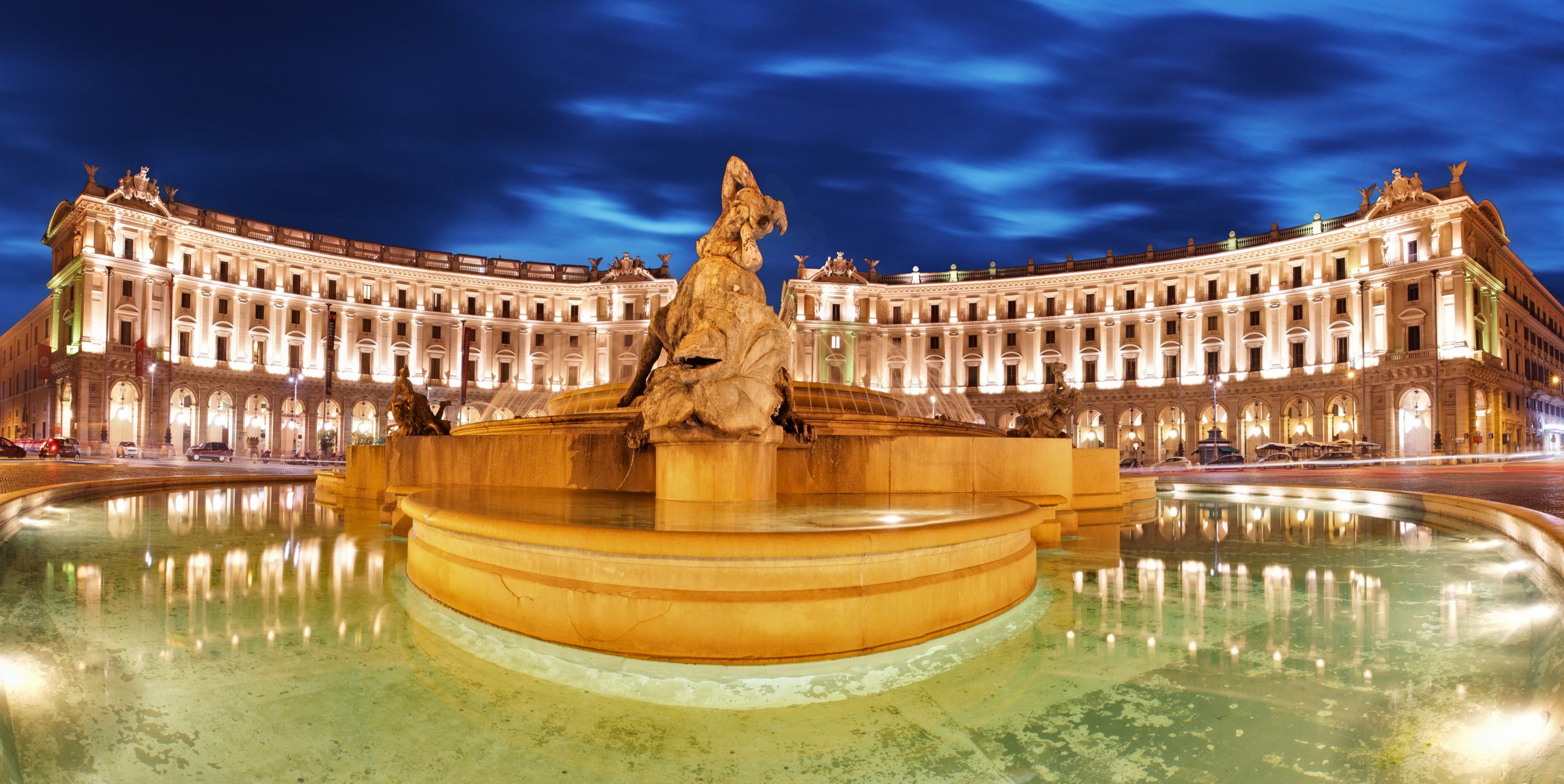
Rome has many piazzas or squares, everyone has their favourite; some are grand and are decorated with sculptural reliefs, many are decorated with a central fountain which was once the hub of the immediate area, most have at least one church, some are oddly shaped and known only to the locals; but each has a story to tell.
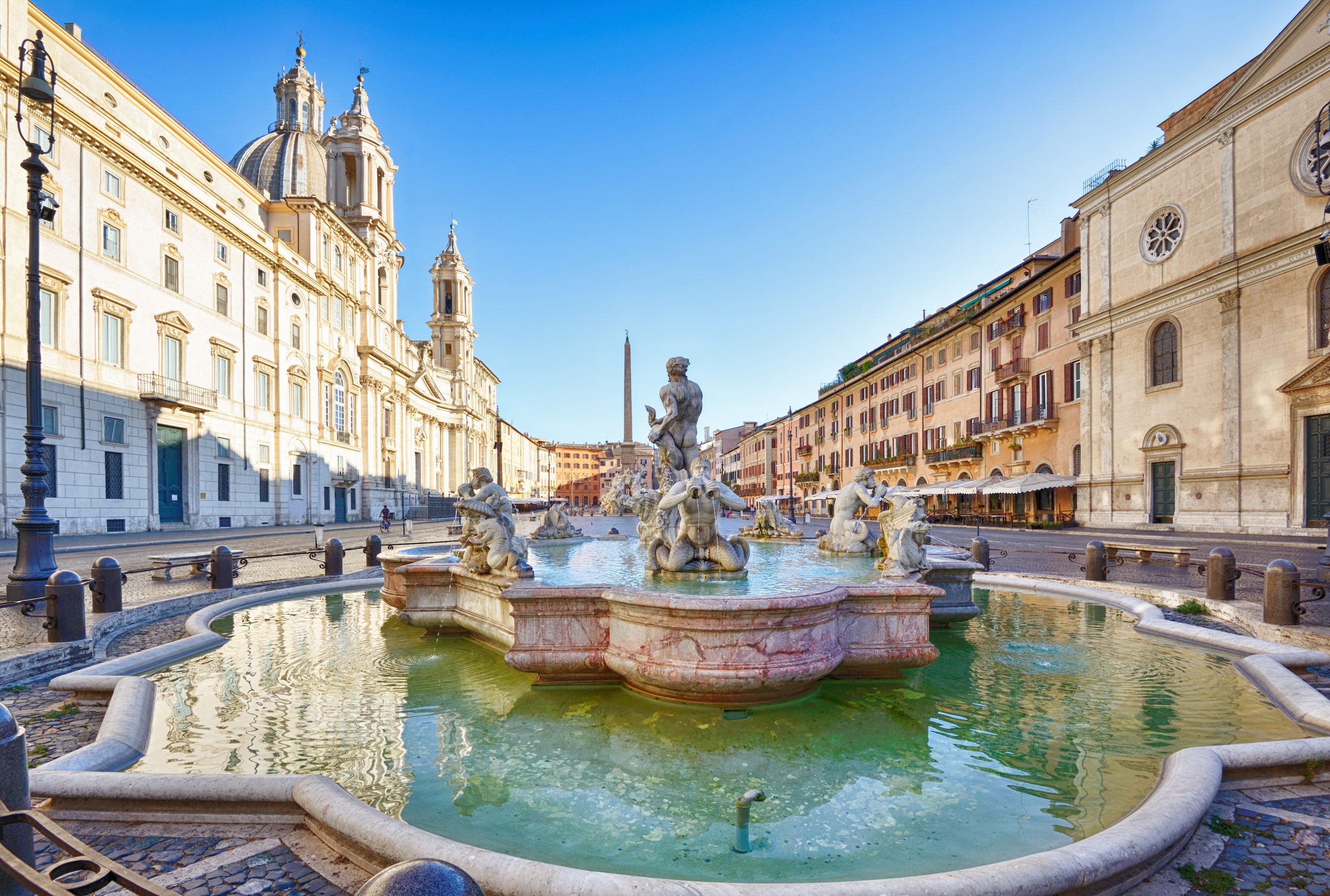
Piazza Navona is by far the most well-known of Rome’s grandiose squares, its shape today is dictated by the ancient roman running track below, the Stadium of Domitian. Above ground it is lined with grand palaces and a church and boasts three fountains set amid a backdrop of triumphant Baroque architecture. The centrepiece is the stunning fountain of the Four Rivers, sculpted by the great artist Bernini who changed the face of Rome. This bustling piazza is a favourite among visitors, its sides lined with bars and restaurants for an aperitivo, the square often hosts markets at Christmas time.
Just across the Corso Vittorio road lies Campo dei Fiori, a much smaller square with a slightly alternative feel. The only square in Rome without a church, this was an execution spot for the inquisition. In the middle of the square stands a statue of Giordano Bruno who glares down at the people doing their vegetable shopping at the daily fruit and vegetable market. By late afternoon, the stalls are gone and the square comes to life with a slightly younger crowd including foreign students who come for an aperitivo and the lively atmosphere.

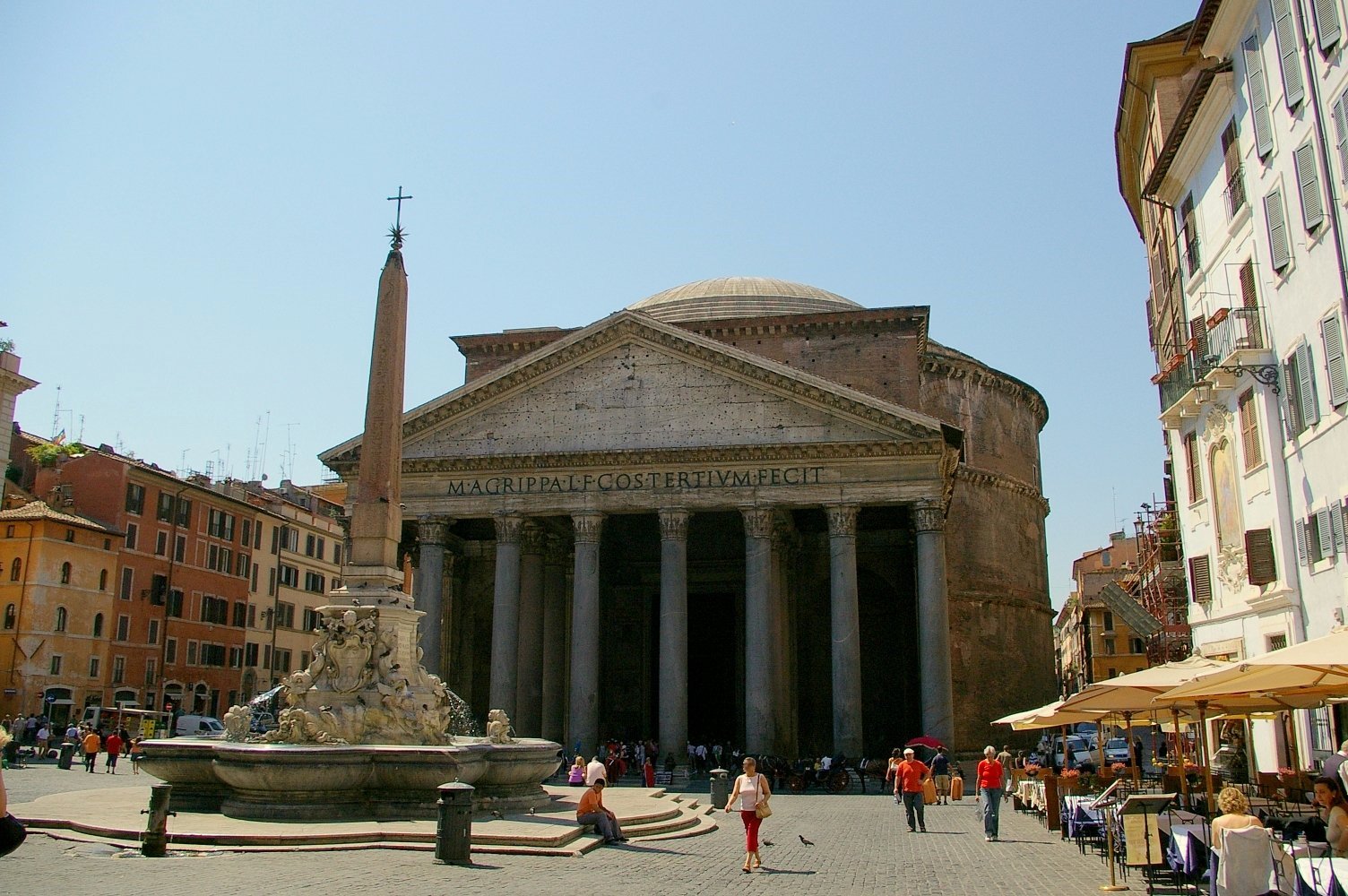
Slightly further down the Corso Vittorio and slightly inland and we come to the Piazza Della Rotunda which is dominated by the Pantheon, its impressive façade lies in wait as you make your way through the cobblestoned streets. The central fountain was one of the first to be built in the 1550s after the aqueducts were repaired and Rome once again became the city of water, today the fountain sports an obelisk l found nearby.
The most impressive and best-known of all fountains in Rome is undoubtedly the Trevi Fountain. It is an iconic symbol of Rome which dominates the small piazza which today is almost non-existent. There has always been a fountain on this site since 19 BC when the Aqua Virgo aqueduct was built. The Trevi marks the spot where the freshest, coldest water in Rome comes in from over 23km away to the east and with all its drama and flamboyance it represents the importance of water for mankind.

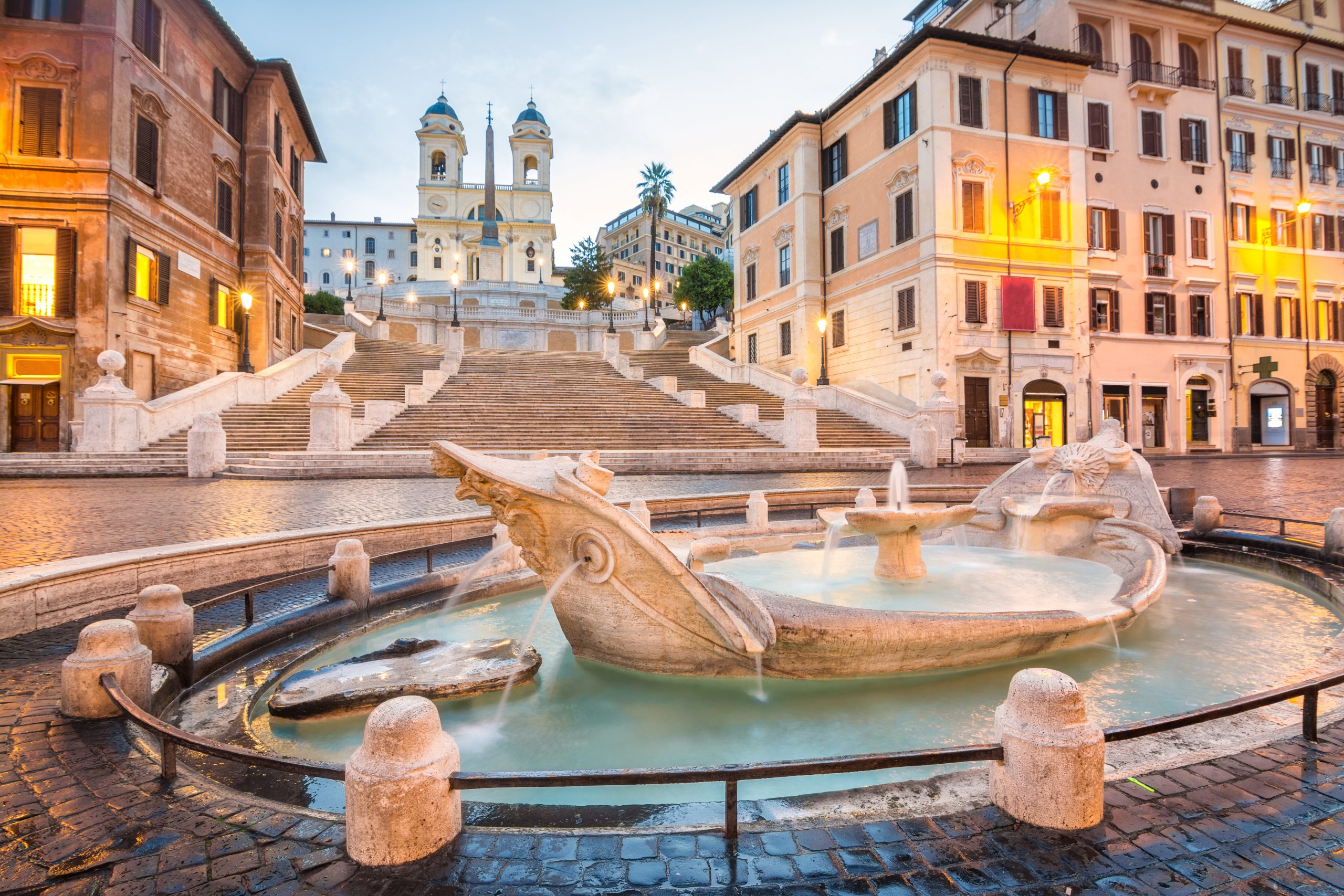
Just a few minutes’ walk away, in Piazza di Spagna, you will find the so-called Spanish Steps: a beautiful terraced staircase built on three levels from the Spanish square to the French church Trinita dei Monti at the top; the design was intended to celebrate peace and represent a friendly handshake between the Spanish and the French who had reconciled after the 30-year war. The Barcaccia Fountain, literally ugly old boat, was built more than a century before by Bernini. Not Gian Lorenzo Bernini, whose work is all over Rome but his father Pietro Bernini.
Heading towards the ancient part of the city we find the oldest and newest of Rome’s piazzas. Piazza del Campidoglio sits on the back of the Capitoline Hill and was the first public square of Rome, redesigned by Michelangelo for the visit of the Holy Roman Emperor Nicholas V. Here you can find the Capitoline museum, the headquarters of the Italian Government, and incredible views of the Roman Forum from a platform behind the square. Rome’s oldest piazza looks down onto the newest, the bustling Piazza Venezia which is today the central hub of the city with several thoroughfares converging. Piazza Venezia is overlooked by the grandiose and rather out of place Victor Emmanuelle monument or the Altar of the Fatherland which celebrates the Italian unification and was intended to update Rome to rival Paris, London or Berlin.
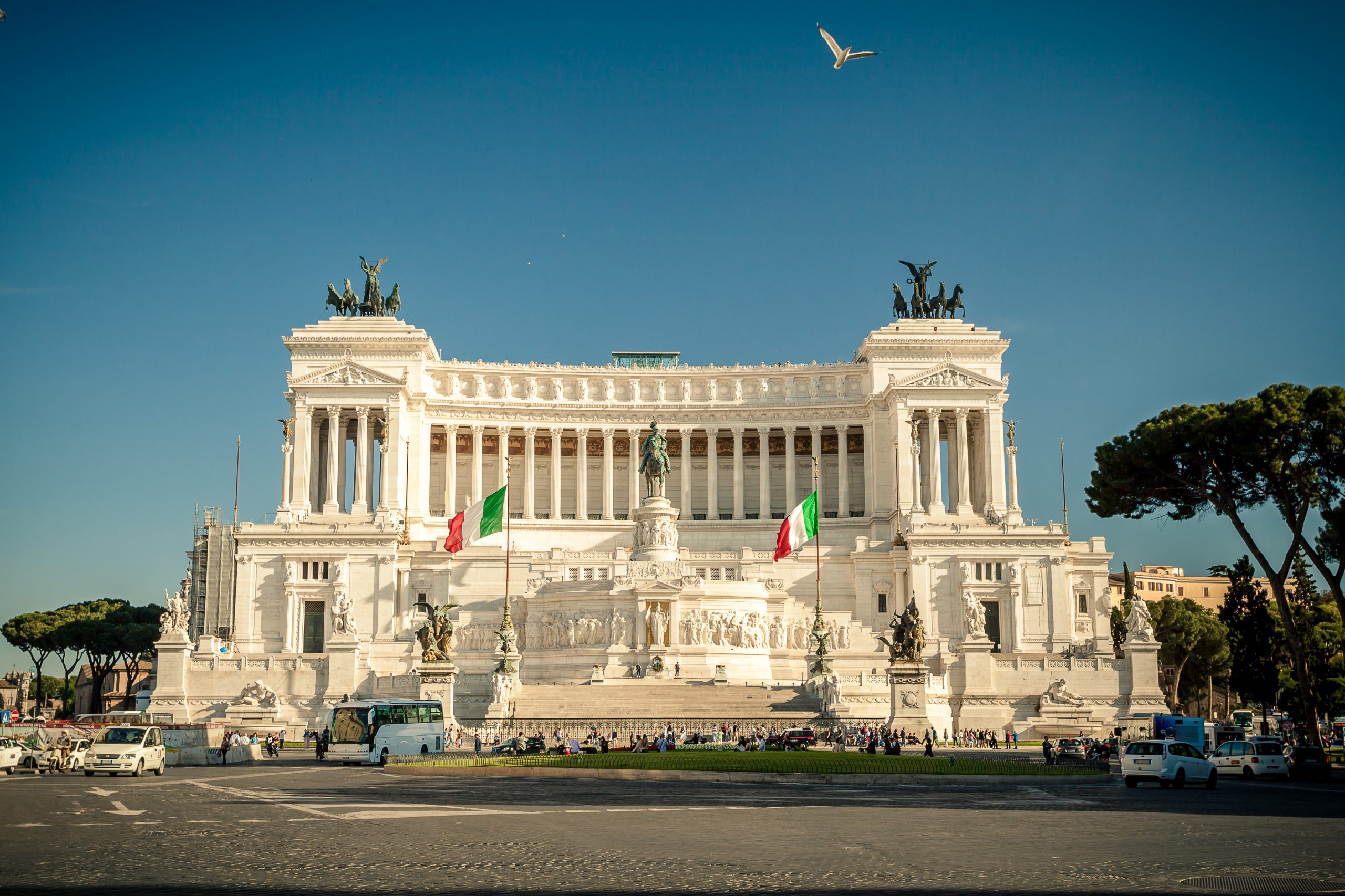
No matter which is your favourite square or fountain, be sure to give yourself plenty of time to wander and explore as this is the only way to find those hidden spots!


